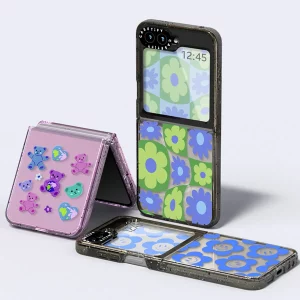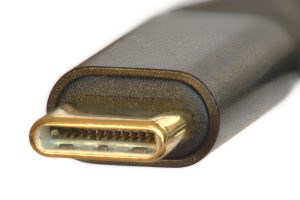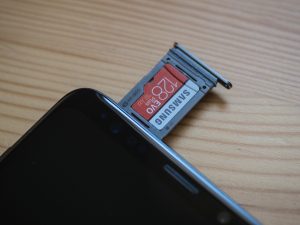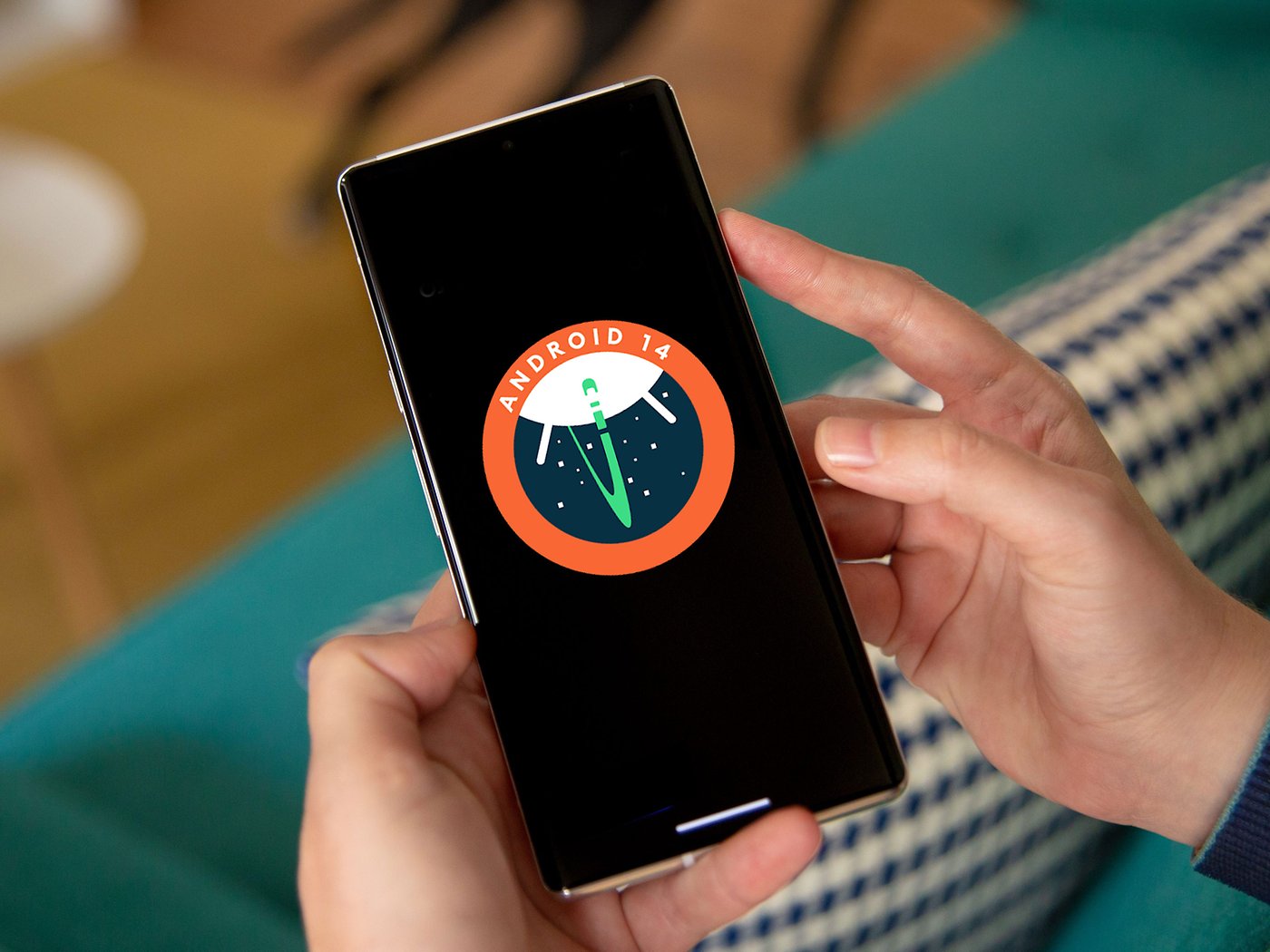This content is designed for individuals who are considering their options when choosing a new smartphone and are currently undecided between an iOS (iPhone) and an Android device. Readers seeking to make an informed decision based on the advantages of the Android platform will benefit from this article.
Introduction: Navigating the Smartphone Dilemma – Android vs. iPhone
In the realm of modern technology, the choice of a smartphone has evolved from being a mere accessory to a pivotal aspect of our lives. The decision to opt for an Android device or an iPhone goes beyond mere brand loyalty; it shapes our daily interactions and experiences. As you stand at this crossroads, torn between two digital realms, let’s delve into the reasons why Android might just be the path to take. In this article, we unravel four compelling factors that tilt the scales in favor of Android, offering a unique perspective that aids in making an informed decision.
Diverse Options and Features for Every Need
Variety is the spice of life, and the world of Android smartphones embodies this philosophy wholeheartedly. Unlike its iOS counterpart, Android offers a plethora of choices spanning designs, sizes, colors, specifications, and prices. Whether you seek a feature-packed yet budget-friendly experience or the opulent allure of a flagship device, Android has it covered.
The allure of the Google Pixel 6a, Samsung Galaxy A54, or the OnePlus Nord N20 5G caters to those who seek a premium-like experience without the hefty price tag. Simultaneously, the Galaxy S23 Ultra, Google Pixel 7 Pro, or OnePlus 11 beckon to those who demand the pinnacle of technological prowess. The Android realm extends its embrace further with diverse form factors, including foldable displays in the Galaxy Z Flip and Fold series, while gaming enthusiasts find solace in top-tier gaming smartphones.
Android takes it a step further, gifting users reverse wireless charging, fast charging, fingerprint scanners, and headphone jacks—features that remain elusive to the iPhone user.

Simplified Charging with Universal USB-C
The sight of tangled chargers and the hassle of carrying multiple adapters are experiences Android users rarely encounter. The ubiquitous USB-C charging standard is the driving force behind this convenience. As USB-C unifies devices, from laptops to headsets and beyond, the Android ecosystem seamlessly integrates into the lives of its users. Even Apple’s latest devices, such as iPads and MacBooks, embrace USB-C—a testament to its efficiency.
This universality doesn’t just simplify charging but supercharges it. The Realme GT3, a marvel unveiled at MWC 2023, achieves a full recharge in under 10 minutes. Furthermore, the prevalence of USB-C cables ensures affordable replacements, ensuring you’re never left powerless due to cable issues. In contrast, iPhones cling to the proprietary Lightning cable, an expensive and fragile affair that leaves users yearning for a simpler alternative.

Expandable Storage for Your Growing Needs
Smartphones today are repositories of our memories, work documents, and passions. As our digital lives expand, so does our need for storage space. This is where Android devices excel with their microSD card slots, providing the freedom to expand storage without compromising on precious data.
The iPhone, however, curtails this freedom. It forces users into a binary choice: pay upfront for extra storage or settle for a limited capacity. The confines of Apple’s ecosystem push users towards subscription-based iCloud storage, charging you not just in money but in the inconvenience of managing space.
Here, Android shines once more. With Google granting 15 GB of free cloud storage compared to Apple’s 5 GB, the scales tip further. The accessibility of Google Drive on both Android and iOS seals the deal, leaving iPhones to play catch-up.

Smooth Integration with Windows PC
The synergy between our smartphones and computers amplifies productivity. For Windows PC owners, Android devices offer a seamless connection. Transferring files through USB cables, Bluetooth, or cloud services becomes intuitive. The Windows Phone Link app takes this integration a step further, enabling users to manage notifications, text messages, and calls between devices.
However, iPhone-Windows integration is a complex ballet. Transferring files often necessitates the use of iTunes, a process that falls short of user-friendly. While alternatives exist, the Android-Windows camaraderie remains unparalleled.

Conclusion: Android – A Tapestry of Possibilities
In the grand tapestry of smartphone choices, Android emerges as a canvas vibrant with versatility. It’s a realm where options are boundless, charging is unified, storage is expansive, and integration is seamless. The journey towards a smartphone is a journey into an ecosystem that augments your daily existence. As you stand on the precipice of choice, consider not just the device but the experiences it promises. Android, with its symphony of possibilities, stands ready to shape your digital journey with flair and finesse, offering not just a device, but a companion in your ventures.




